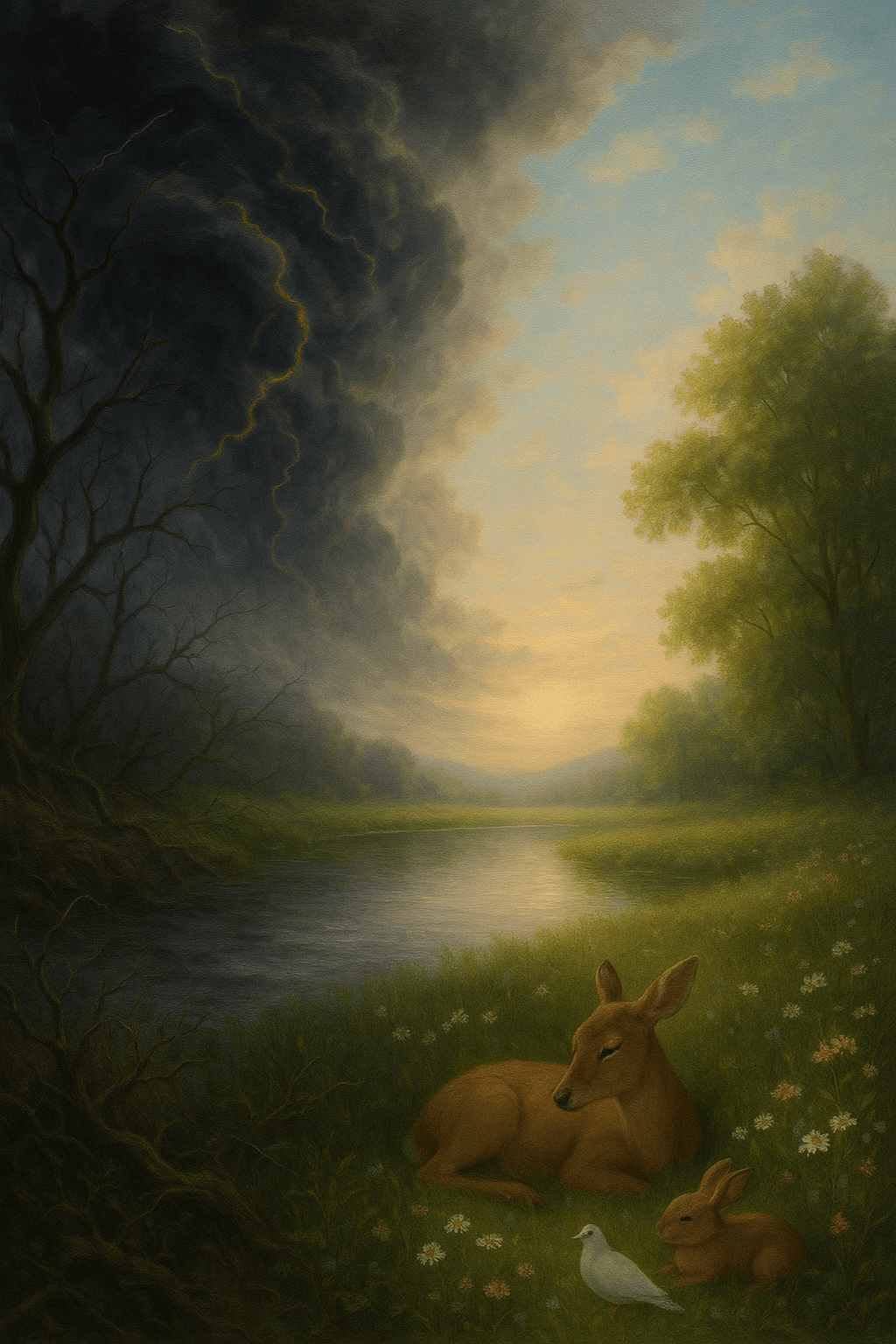Cultivating Inner Peace for an Effortless Existence

The life of inner peace, being harmonious and without stress, is the easiest type of existence. — Norman Vincent Peale
Defining True Inner Peace
Norman Vincent Peale’s observation invites us to reflect on what it means to live harmoniously. Inner peace is often misunderstood as a passive or indifferent state, but in truth, it marks a dynamic balance within oneself—a disposition marked by acceptance and clarity. Rather than the absence of challenges, it is a cultivated sense of calm that coexists with life’s inevitable changes.
Harmony Versus Daily Stress
Transitioning from definition to contrast, Peale emphasizes that true harmony starkly differs from a life riddled with stress. While many people equate productivity or success with constant tension, research in positive psychology, such as studies by Martin Seligman, consistently show that emotional equilibrium fosters greater well-being than a relentless pursuit of achievement alone. Stress may seem inevitable, but it need not define our daily reality.
Historical Perspectives on Peaceful Living
Looking back, spiritual traditions have long esteemed a life of inner calm. For instance, in Buddhist thought, the practice of mindfulness cultivates tranquility even in turbulent circumstances. Similarly, the Stoic philosophers of ancient Rome, such as Seneca, taught that by mastering our reactions rather than external events, we achieve serenity. These timeless teachings align closely with Peale’s message, demonstrating a universal aspiration toward harmonious existence.
Habits That Foster Harmony
Building on these traditions, many modern wellness practices advocate simple daily habits to create peace. Mindful meditation, intentional breathing, or regular reflection are not only accessible tools but are also supported by neuroscience for reducing anxiety and promoting cognitive clarity. The regular practice of gratitude journaling, for instance, has been linked by psychologists like Robert Emmons to lower stress levels, providing practical steps toward the ease Peale describes.
The Paradox of Effortless Living
Finally, Peale’s insight uncovers a paradox: achieving the ‘easiest type of existence’ requires intentional effort. While stress and discord seem to arise spontaneously, cultivating harmony is an active process. Yet once established, this inner state transforms our experience of life—decisions become clearer, relationships smoother, and even obstacles lose their edge. Thus, while the journey to inner peace demands practice, its rewards are a profound sense of ease and fulfillment.